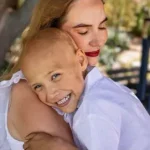The Only Woman Ever to Join Japan’s Notorious Yakuza

The Fearless Fighter Who Caught a Gang Boss’s Eye and Lived a Life of Crime, Cutting Off Fingers and Defying Every Rule
Nishimura Mako, a petite woman in her late fifties with delicate features and long dark hair, doesn’t fit the image of a stereotypical Japanese woman. But a closer look reveals her tattoos covering her neck and arms — and the missing pinky finger on her left hand.
Those are unmistakable marks of the yakuza, Japan’s infamous organized crime syndicate.
In a world almost entirely dominated by men, women are usually confined to informal roles. Traditionally, a woman in the yakuza might become an anesan — the wife of a gang boss, responsible for mentoring younger members and mediating between them and her husband. Others might run bars or clubs owned by the group or deal in drugs and prostitution on its behalf.
But Nishimura was different. When I interviewed her recently as part of my research, she told me that when she joined the yakuza in her early twenties, she took on both roles — and more.
She went further than any woman before or since: Nishimura is the only woman ever to take part in the “sakazuki” ceremony, the sacred ritual of exchanging sake cups that seals a person’s official membership within a yakuza family.
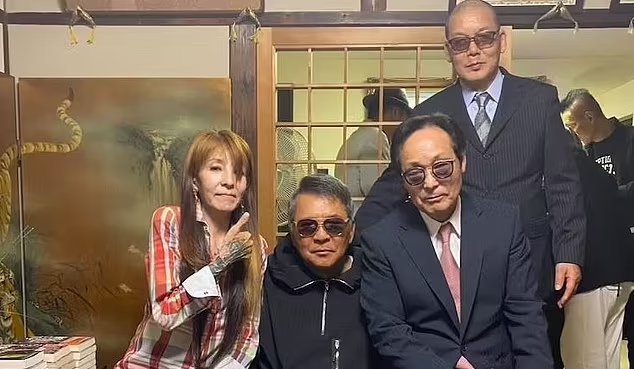
A Strict Childhood and the Seeds of Rebellion
Born into a strict household of government officials, Nishimura’s childhood was far from idyllic. Her earliest memories revolve around her authoritarian father — and the bamboo stick he used for discipline.
By the time she reached middle school, she longed to escape. She began hanging out with a group of rebellious teens — members of Japan’s notorious motorcycle gangs, known as bōsōzoku, who taught her how to fight and survive on the streets.
That rebellious streak soon led her into the orbit of a young yakuza member. Under his protection, she learned the ways of gang life — collecting protection money, resolving disputes through intimidation, and recruiting women for prostitution.
The Night Everything Changed
One night, she received a desperate call from a friend caught in a violent brawl. Nishimura rushed to the scene armed with a club — and single-handedly turned the fight into a bloodbath.
The incident drew the attention of a local yakuza boss. Summoning her to his office the next day, he said something she still remembers decades later:
“Even though you’re a woman, you should become yakuza.”
By then, Nishimura had already been in and out of juvenile detention centers, and her family had long given up trying to “save” her.
She accepted the offer. Her life as a yakuza apprentice began.

Becoming the First Female Yakuza Member
Alongside a group of young male recruits, Nishimura carried out errands, ran small operations, and eventually took part in more serious criminal activities.
When the time came, she underwent the sakazuki ritual — dressed not in a woman’s kimono, but in a man’s. With that solemn exchange of sake cups, Nishimura officially swore lifelong loyalty to her yakuza family.
She became the only woman in Japanese history to hold the status of a formal, initiated member.
Life Inside the Syndicate
As a member, Nishimura managed prostitution rings, drug operations, and debt collection. She also acted as a mediator between rival factions — a role that required both sharp instincts and brutal efficiency.
Her missing pinky tells part of that story. After a collective mistake that angered her boss, Nishimura cut off her own little finger in a traditional act of apology known as yubitsume.
She realized she was good at it — disturbingly good.
“Some members couldn’t bring themselves to do it,” she said. “They’d come to me, and I’d do it for them.”
It earned her a dark nickname: “The Finger-Cutting Master.”
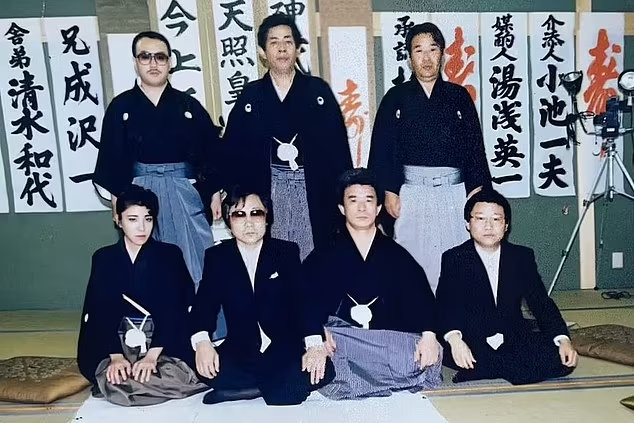
Addiction, Betrayal, and Escape
By the time she reached her thirties, disillusionment began to set in. The group’s focus had shifted to methamphetamine, and her growing addiction took a toll on her body and mind.
Eventually, she fled the gang — though ironically, she continued selling drugs independently. Her former bosses considered that an act of betrayal, and she was expelled from the organization.
During this period, she began a relationship with a member of a rival gang. When she became pregnant, she decided to leave the underworld altogether and build a peaceful life for her child.
But leaving the yakuza is never simple. Her tattoos, visible reminders of her past, made it impossible for her to find legitimate work. She eventually married her child’s father — now a yakuza boss himself — and fell back into the criminal cycle of prostitution and drug trafficking.
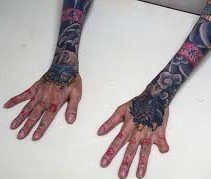
Rock Bottom and the Fight for Redemption
After her second pregnancy, arguments with her husband turned violent. Police were frequently called to their home, and eventually, they divorced. He won custody of their two sons.
Heartbroken and alone, Nishimura returned to her old gang — only to find that the world had changed. Meth had destroyed her former boss, and the family she once revered was now barely recognizable.
After two years, she left for good.
She had lived her entire adult life as a man among men — and now, finally, she retired from the underworld.
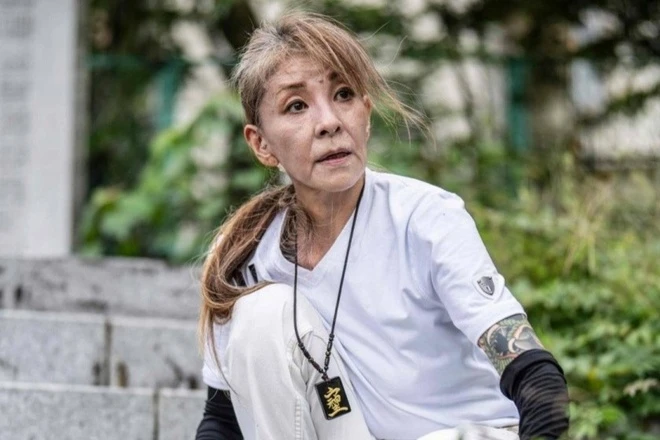
A New Life Among Outcasts
Nishimura found work in the demolition industry — hard, physical labor, but honest. She moved into a modest home, living quietly and avoiding attention.
With the help of Fujimoto, a former yakuza turned social activist, Nishimura joined Gojinkai, a nonprofit organization providing housing and support for ex-gang members, former prisoners, and drug addicts trying to reintegrate into society.
Now, she manages one of Gojinkai’s local branches.
“My day isn’t complete if I don’t come here in the evening,” she said.
Every night, she sits at a table surrounded by other ex-yakuza — men who once wielded fear but now share stories, laughter, and regrets. She remains the only woman among them.
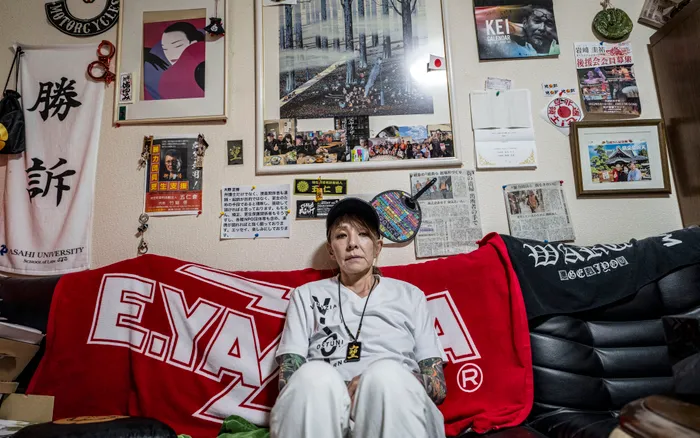
The Woman Who Never Lost to a Man
Even today, Nishimura is respected for her toughness.
“I was good at fighting,” she said with a hint of pride. “I never lost to a man.”
But she insists she never saw herself as a feminist pioneer. She wasn’t trying to break gender barriers or become a symbol of empowerment.
Her story, she says, was simply about survival — about carving out a space for herself in a world that had no place for women like her.
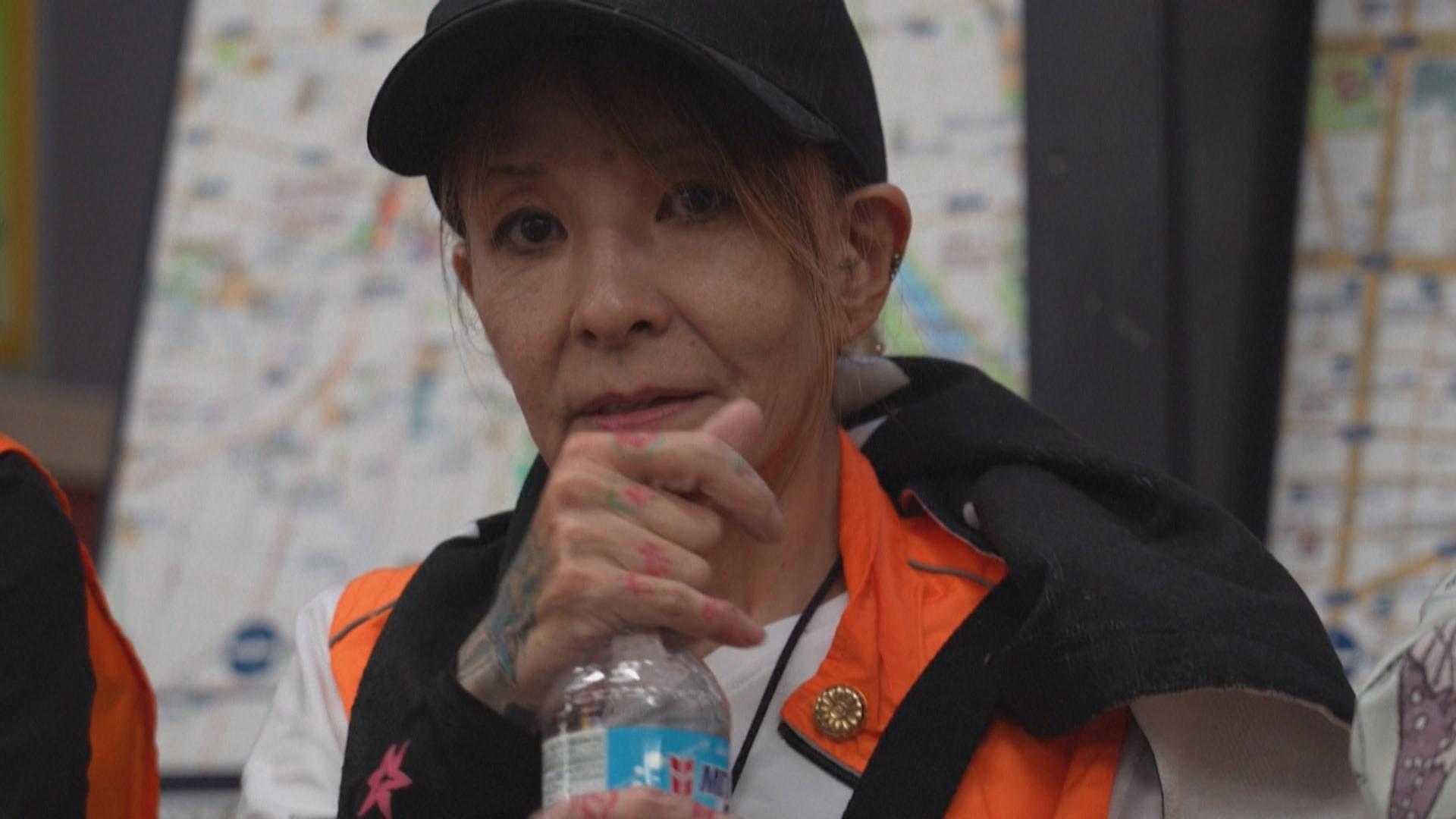
Legacy of an Unlikely Trailblazer
Throughout Japan’s criminal history, a few women have stood out — such as Taoka Fumiko, the widow of a powerful boss who informally led her husband’s empire after his death. Yet none have gone as far as Nishimura, who not only joined a yakuza family but became a fully recognized member, complete with the ritual scars to prove it.
Her journey redefines what loyalty, identity, and resilience mean in one of the most brutal male-dominated subcultures in the world.
Now in her late fifties, Nishimura says she no longer seeks redemption — only peace.
Sitting quietly in her small apartment, tattoos half-hidden beneath her sleeves, she reflects on a life few could imagine.
“I can’t erase my past,” she says softly. “But I can make sure it doesn’t define my future.”
And with that, Japan’s only female yakuza member — once feared, now forgotten by most — continues to live quietly among those who, like her, have walked the darkest paths and somehow found their way back.
Watch more videos here:







